The high relief takes from the painting depicting "St. John the Evangelist" by Domenichino, preserved in Stuttgart. Prussia, which later became Germany, was the first to develop the artistic processing of cast iron, thanks to the cutting-edge techniques it had at its disposal since 1780; the artistic foundries, the so-called Royal Prussian Foundries, were numerous, many located near Berlin. Giving a new impetus to artistic production was Friedrich Wilhelm von Reden (1752-1815), a Prussian pioneer in the mining and metallurgical sector, who in 1789 went to Great Britain for a one-year stay in order to study the new English iron and Scottish; here he purchased some Wedgwood medallions and plaques, convinced that casting decorative relief medallions would be in great demand. From here the production of cast iron plaques and medallions began, depicting neoclassical scenes taken by Thorvaldsen and reproductions of famous paintings preserved in German museums. Wedgwood herself bought back numerous medallions from Germany.
The museum in Birmingham, England, preserves numerous pieces from this production, including an example almost identical to ours modeled by Leonhard Posch in 1808. In reality our high relief is still from the eighteenth century, and belongs to the first models of this production: it is larger dimensions and high thickness, which makes it very heavy, and has the rare characteristic of having preserved the original polychromy, the red cloak of Saint John, the golden wings of the eagle and the silver on the face and hands of the holy. Nothing like the numerous reproductions that followed the Posch casting, postcard-sized and very thin, souvenirs produced well beyond the beginning of the 20th century.
Measure
cm 33 x 27
For any information do not hesitate to call us at 0039 380 43 79 898. We answer every day. We speak French.
Transportation through MBE.
Payments accepted:
bank transfer
credit card nexi pay-by-link
Paypal
















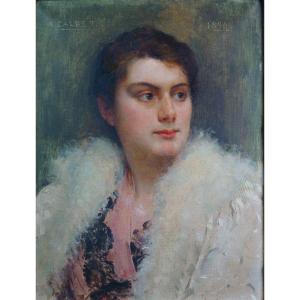



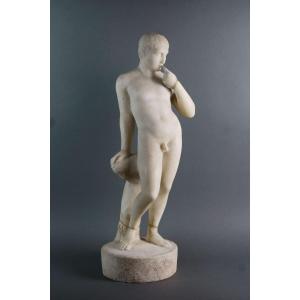
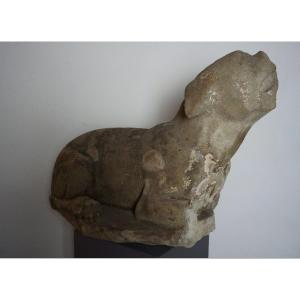









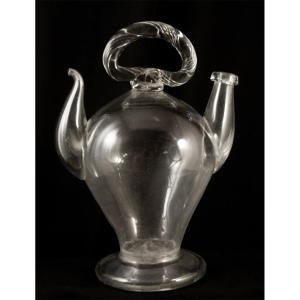
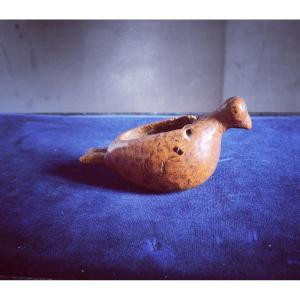
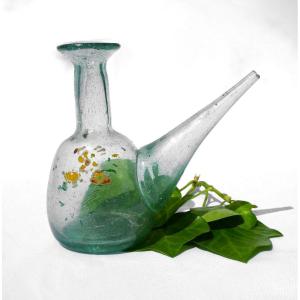




 Le Magazine de PROANTIC
Le Magazine de PROANTIC TRÉSORS Magazine
TRÉSORS Magazine Rivista Artiquariato
Rivista Artiquariato